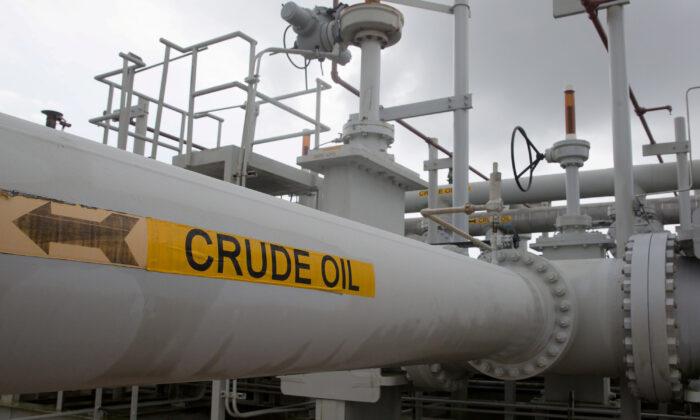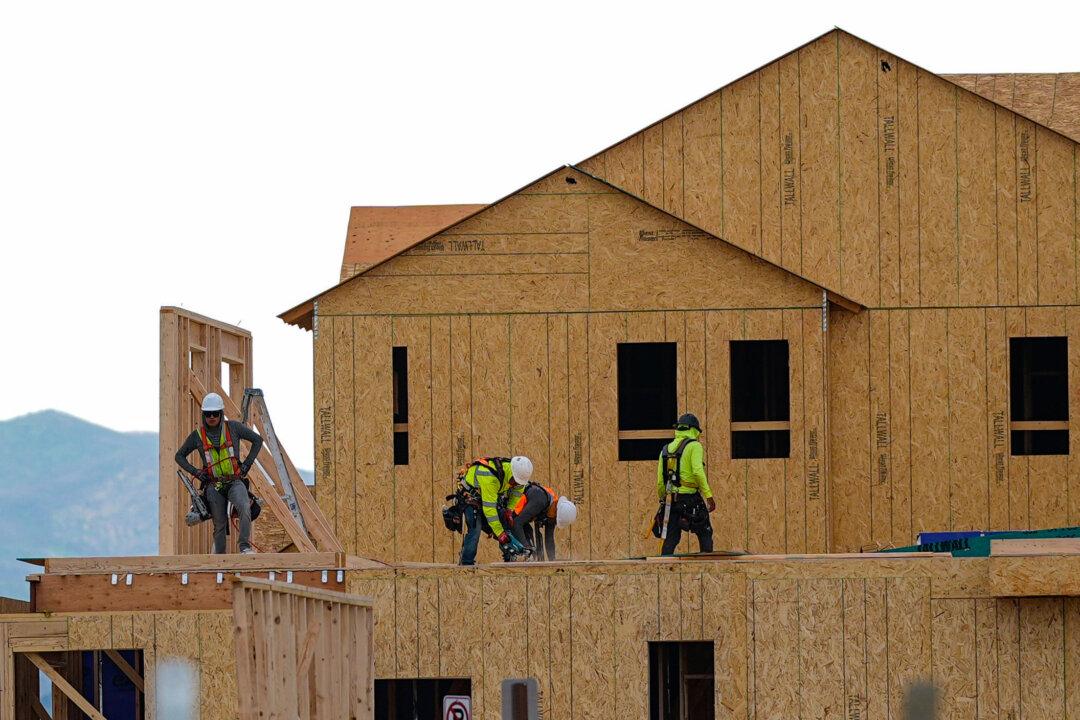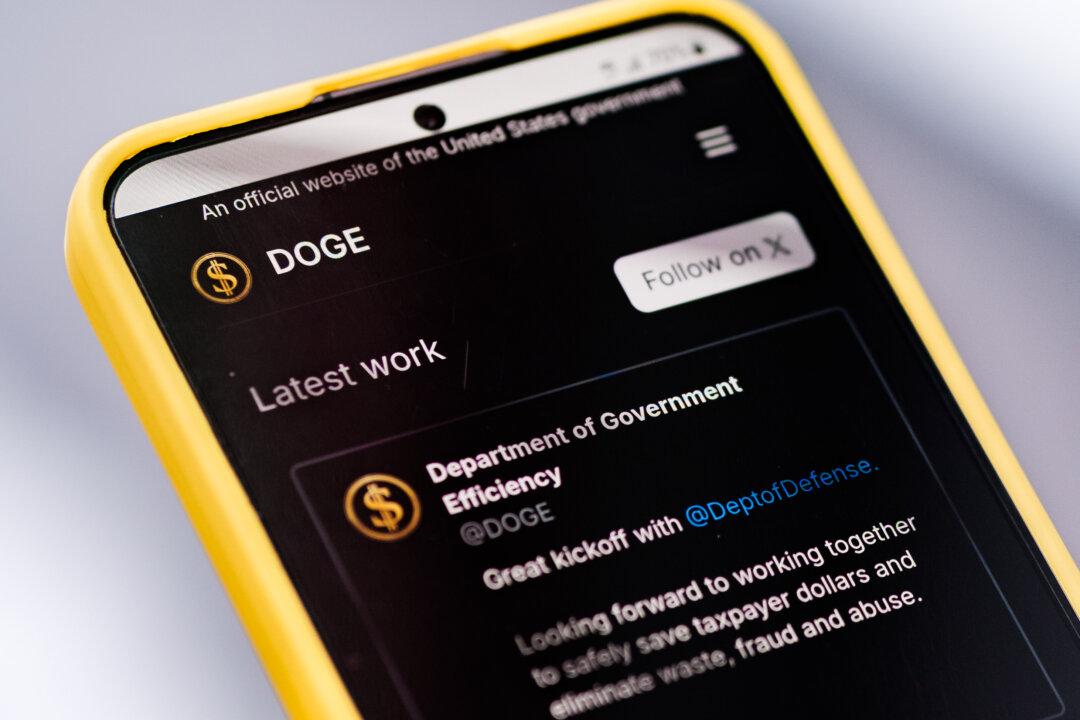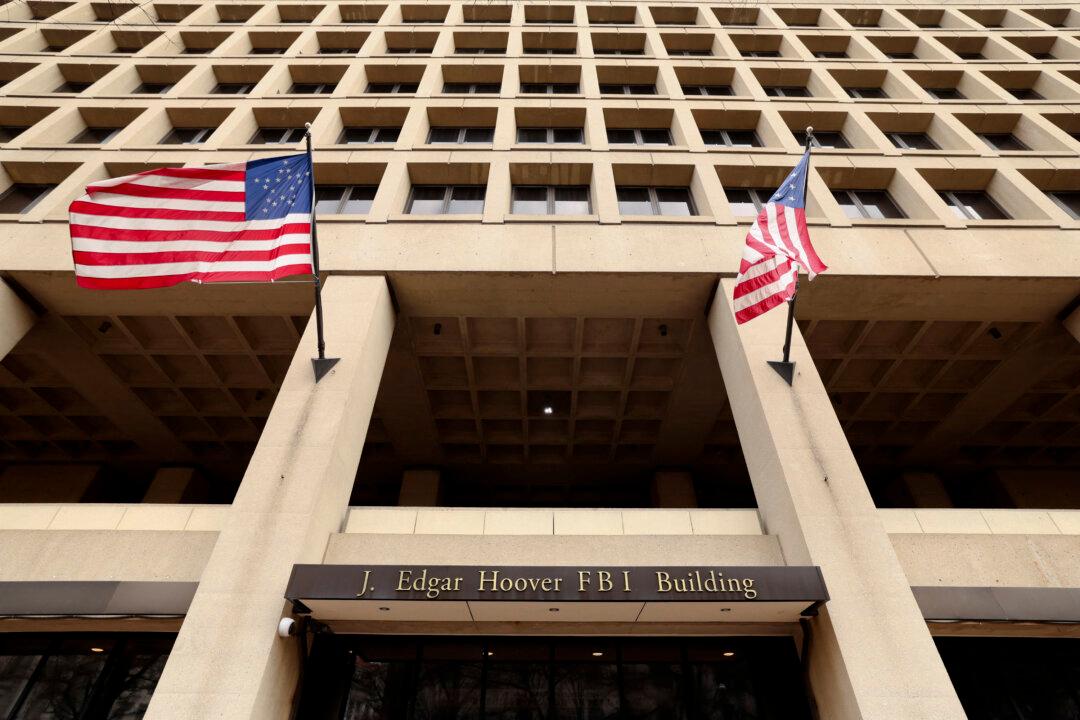State-owned oil company Saudi Aramco said on Sunday it raised the size of its initial public offering (IPO) to a record $29.4 billion by way of a so-called “greenshoe option.”
Also known as overallotment, a greenshoe lets a company issue more shares when demand is high during an IPO.
After initial enthusiasm following its December IPO, Aramco shares have been trading relatively flat around the 35-riyal ($9.33) mark. Shares of the oil giant hit a low on Jan. 8 after Iran launched missiles against U.S. bases in Iraq following the killing of an Iranian military commander by an American drone strike.


Aramco first went public in December, raising $25.6 billion by selling 3 billion shares, setting a world IPO record, valuing the company at $1.7 trillion. Investor enthusiasm quickly pushed Aramco shares higher, with the company cracking the $2 trillion valuation mark briefly, before retreating.
The greenshoe, which released an additional 450 million shares, kicked Aramco’s valuation up to around $1.87 trillion.
Oil Prices Spike, Then Topple
Brent crude oil futures, closely tied to supplies from the Middle East, spiked to over $70 per barrel on news of Iran’s missile strike, before plummeting in hours of trading to $65 per barrel, levels not seen since before the U.S. military strike that killed Iranian Gen. Qassem Soleimani.Oil prices dipped even further a day later, as investor concerns about military flare-ups in the Middle East eased while attention turned to unexpectedly high American petroleum reserves.

David Johnson, founding director of Halo Financial, a foreign exchange company, called the short-lived upward bounce in oil “a pretty straightforward story of perception.”
“The strike caused a spike. It became clear reasonably early on that there was no evidence of loss of life and there were rumors that there had been a pre-warning of the strike, so the U.S. personnel had a chance to evacuate,“ Johnson told The Epoch Times. ”The Iranians were quick to point out that this was a one-off slap in the face for the U.S. and the markets calmed.”
“There are other factors at play, though,“ he added. ”With the U.S. development of shale oil, fracking and oil sands production, Iran only produces around 4 percent of the world’s oil production; capacity that could be fulfilled by other producers if Iran was completely offline or closed down. Hence their impact isn’t what it once was.”
President Donald Trump told a press conference on Jan. 8 that the United States’ increased petroleum production has left the country better poised to withstand oil supply disruption from geopolitical shocks.
“Our economy is stronger than ever before, and America’s achieved energy independence,” Trump said. “We are now the number one producer of oil and natural gas anywhere in the world. We are independent, and we do not need Middle East oil.”
Former Trump senior economic adviser Stephen Moore told The Epoch Times that energy independence is a national security priority.
“There’s no question that as America becomes more energy-independent, these countries like Iran and Iraq and Saudi Arabia and Russia no longer have a blade at our neck, and we can act in America’s own economic and national security interests without worrying about our energy supply,” Moore said.





